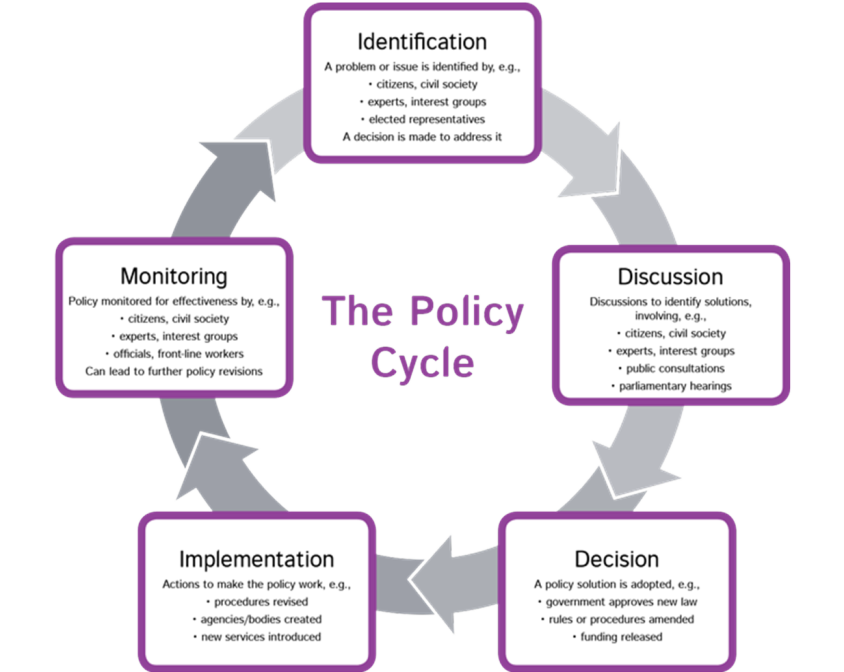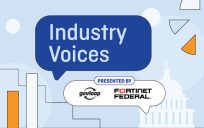“Policy making invariably involves taking measured risks in the face of uncertainty, for one has neither a prior template nor the luxury of indecision.”
― Raghuram G. Rajan, I Do What I Do
Understanding barriers to policy implementation is key to having successful outcomes. With this article, experienced policymakers and those who seek to become more experienced with policymaking can gain a deeper understanding of what makes “good” policy. It shares real-world examples and practical insights into the “how to” of making implementable policy statements.
Use Policy Analysis
Policy analysis is a vital tool in policymaking. It aids policy makers to make informed decisions. It uses rigorous review and evaluation of potential policy options. Through policy analysis, you can assess the potential impacts, costs, benefits, and feasibility of different policy choices. When you use analytical techniques, such as cost-benefit analysis, risk assessment, and impact assessment, you can gain valuable insights into the possible outcomes of your policy proposals.

Policy analysis also plays a crucial role in identifying and mitigating potential implementation barriers. By conducting thorough analyses of the political, social, economic, and administrative dimensions of policy implementation, you can foresee challenges and devise strategies to overcome them proactively. Additionally, policy analysis helps you understand the distributional impacts of your policy choices, making sure that policies promote equity, fairness, and social cohesion.
Moreover, policy analysis helps evidence-informed decision-making. It draws upon research, data, and expert knowledge. By adding evidence from various sources, i.e., academic research, evaluations of similar policies, and stakeholder input, you can strengthen the foundation of your policy proposals and increase their chances of success.
Putting policy analysis into your policymaking empowers you. You are better able to make well-informed, evidence-based decisions. Furthermore, analysis enhances the likelihood of achieving desired policy outcomes. By carefully analyzing the potential impacts, feasibility, and trade-offs that come with different policy options, you can craft approaches that are both effective and implementable. Let’s delve into the key principles and some examples that show foundations of good policymaking. The focus will be on setting clear goals, engaging stakeholders, ensuring coherence, and promoting long-term sustainability.
Build on Existing Skills
Policymaking is a complex and multifaceted process. It requires a diverse set of skills, i.e., critical thinking, analysis, research, data literacy, problem-solving and decision-making, communication, stakeholder engagement, and political savvy. From a decision-making standpoint, start by building on your expertise in setting policy goals. Consider the example of the Affordable Care Act in the United States, which aimed to increase access to healthcare. The policy’s degree of success can be attributed to its clear goal of reducing the number of uninsured Americans and the targeted strategies it employed, e.g. establishing health insurance exchanges and expanding Medicaid.
Find Barriers to Execution
To navigate the challenges of policy implementation, let’s explore examples like the introduction of renewable energy policies. These policies often face a barrage of barriers. Blocking by vested interests. Lack of infrastructure for renewable energy generation and distribution. Complex regulatory frameworks. But by understanding these barriers, policymakers can develop strategies to remove them. For instance, successful implementation strategies might include offering incentives for renewable energy investments, streamlining permitting processes, and working with stakeholders to address challenges.
Engage Stakeholders for Inclusive Outcomes
Drawing from real-life examples, such as the participatory budgeting projects in Porto Alegre, Brazil, we can see the importance of stakeholder engagement. Through inclusive processes, policies become more responsive and successful. In the case of participatory budgeting, citizens are directly involved in decision-making. It’s a way of ensuring that policies reflect citizens’ needs and priorities. As a result, this approach fosters transparency, accountability, and public trust, leading to more effective policy implementation.
Enhance Coherence and Consistency
Examine policies like the European Union’s General Data Protection Regulation, which harmonized data protection laws across member states. The policy’s effectiveness stems from its coherence and consistency with existing legal frameworks and world standards. Thus, by aligning the GDPR with already defined guidelines of data privacy and protection, the policy ensures a unified approach to data security and betters cross-border data flows.
Balance Feasibility and Practicality
Consider Clean India Mission’s example. In this case the Indian government set out to achieve nationwide sanitation coverage. This ambitious policy took on the issues of scarce sanitation facilities and poor hygiene practices. By considering resource availability, infrastructure constraints, and behavioral change challenges, the policy was tailored to boost feasibility and practicality. Its implementation combined infrastructure development, behavior changes, and community engagement to reach the policy’s goals over time.
Embrace Flexibility and Adaptability
Explore the Paris Agreement on Climate Change . These policies allow for the ever-changing nature of environmental challenges. Firstly, the agreement stresses flexibility and adaptability to accommodate changing conditions and emerging scientific evidence. The policies are regularly reviewed. Afterwards, targets are updated, and technological advancements made. The policy helps countries to adapt the strategies, so they align with evolving world climate goals.
Prioritize Equity and Fairness
Review policies like affirmative action programs in education and employment. These policies aim to address historical disadvantages and promote equity. For example, making access to quality education and work options for poorly represented communities more available, helps level the playing field. These policies aid in creating a more equitable society.
Promote Long-Term Sustainability
Look into policies like the Sustainable Development Goals (SDGs). SDGs provide a well thought out framework for addressing world challenges. The framework blends environmental, social, and economic concerns. Moreover, SDGs stress the need for policies that foster long-term sustainability. By aligning national policies with the SDGs, countries can work towards supported development across a number of sectors, including education, healthcare, energy, and ending poverty.
Set Accountability and Evaluation Mechanisms
Consider policies with strong accountability and review methods, such as the Open Government Partnership (OGP). OGP promotes transparency and citizen engagement. Regular monitoring ensures accountability in policy implementation. Progress is tracked. Gaps can be found. Additionally, involving citizens in the exam process allows you to adjust policies and improve them for better outcomes.
Embrace Continuous Learning and Iteration
Explore examples like Finland’s education policies. Finland is known for its iterative approach. The country continuously reviews its education system, and its policymakers ask for feedback from teachers as well as students. Then they make periodic adjustments based on their findings. This approach makes sure that policies stay responsive to changing educational needs. Consequently, it leads to ongoing improvement and better educational outcomes.
Above all, work to become more savvy policymakers. Remember that “good” policy must be implementable. Otherwise, it’s just a bunch of words. So, refine your process. Set “good” policy. Be risk takers. You can defeat challenges and create policies that drive tangible and sustainable results. Finally, to learn more, check out Unleashing Policy Success: Crafting Effective and Implementable Policies, Part II Mastering the Art of Formulating Implementation Plans and Data-Driven Decision-Making Gets Real.
Adrienne Bitoy Jackson, BSBA, MS. Ed, PMP, President & CEO of Heuristics Marketing Consultants, LLC is an inventive, effective, resourceful thought leader, writer, coach, mentor, project manager, change agent, and former public administrator with 25+ years’ experience with government entities, professional associations, nonprofit faith & community-based organizations, and educational institutions. Designated a well-qualified Senior Public Service Administrator/Executive I, and high-level Social Service Program Planner by the State of Illinois; she is a professional development advocate skilled in capacity building, marketing communications, and organizational development and a winner of the City of Chicago’s Kathy Osterman Award for Outstanding Professional Excellence.





Leave a Reply
You must be logged in to post a comment.